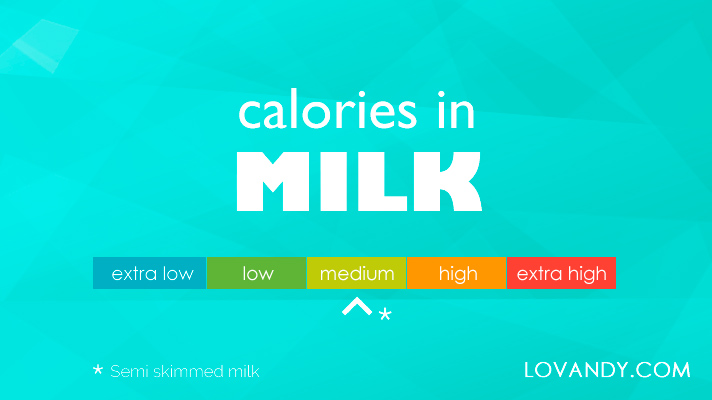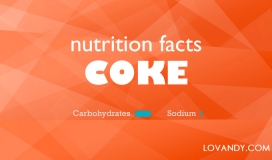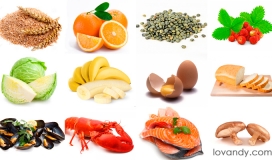There is a huge variety of milk you can buy in a store, each one is different by its properties and nutrition. Mostly this difference is due to a caloric value of a product, which we will discuss right away!
How Many Calories Does Skimmed Milk Contain
Skimmed milk is a nice thing for those who does not want to get extra calories. It is made by separating cream from the total mass of whole milk. Depending on how much cream was separated, manufacturers can make different sorts. For example, you can find milk with 1% of fat, 0.5% or even 0.1%.
By getting rid of almost any fat, you decrease the caloric value of a product, although carbohydrates remaining on the same level. Thus, a glass of a 0.1% milk contains only 93 kcal.
Still, some people claim they dislike milk containing no fat at all. The reason is the taste that changes a bit due to skimming. However, if you actually need your milk to be the lowest calorized, try drinking it for a couple of weeks. You will observe no difference by then, as your taste receptors will get used to it. If it is rather hard for you to drink some skimmed milk, stick to a regular one. You still can add that 0.1% one to your meals, such as waffles, pies, pancakes etc.
Find out more about milk:
Calorie Value of Whole Milk vs. Skim Milk
It is known that skimmed milk is not as beneficial as whole one. The first can be stored for weeks, as it was pasteurized, yet the second one is OK to drink only for five days. That is why that whole milk is more expensive and hard to use, for you cannot boil it. On the other hand, there are lots of full nutrients that appear to be shattered in the skim milk.
Of course, the caloric value of the whole milk is much higher. A standard glass is worth 216 kcal, which is incomparable to a previous number.
For those who is on a strong diet, such amount of useless energy (which goes mostly from fat) is inappropriate. However, you do want to get enough vitamins and minerals from every product, and there are many unique substances in the whole milk. Do not worry; there is a thing for you right in the next paragraph.
Calories in Semi-Skimmed Milk
Both fully skimmed and whole milk types are rather extreme. You either get a full load of useful elements, but with a high amount of calories or a low calories volume, but with not much usefulness. Thankfully, modern manufacturers know how to make the percentage of fats in milk precisely as they like. So, there are many different sorts of semi-skimmed milk. It would not even be a surprise to get any number you can think of (from 0.1% to 5%).
The most popular semi-skimmed milk sorts are 1.5%, 2.5% and 3.2%. These three values give you a nice choice, so you can pick the one you need. Naturally, the more fats, the more calories are in there.
Different levels of thermal treatment allow creating a product with a high vitamin content, but with a lowered caloric value. Since 0.1% milk may be somewhat tasteless for you, use 1.5% packs in your diet instead. This type is filled with only 40 calories more. Considering mentioned, you get all health benefits milk can grant you, still being able to store it for more than a week.
Calorie Content of Milk (Whole, Skim, Semi-Skimmed)
| Name of a product | Calories per 100 g | Calories in 1 cup | Percent of daily intake for women* |
|---|---|---|---|
| Skim milk 0.1% | 31 | 93 | 4.7% |
| Semi-skimmed milk 1.5% | 44 | 132 | 6.6% |
| Semi-skimmed milk 2.5% | 52 | 156 | 7.8% |
| Semi-skimmed milk 3.2% | 59 | 177 | 8.9% |
| Whole milk 4.5% | 72 | 216 | 10.8% |
*According to USDA.
Pure whole milk is an undoubtedly highly-calorized product. It does not fit any diet. However, with modern technologies of skimming and pasteurizing, you can lower its caloric value more than twice. Useful elements still remain in milk content, while it becomes absolutely cool with any diet. Tell us about yours in a comment section!














